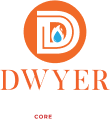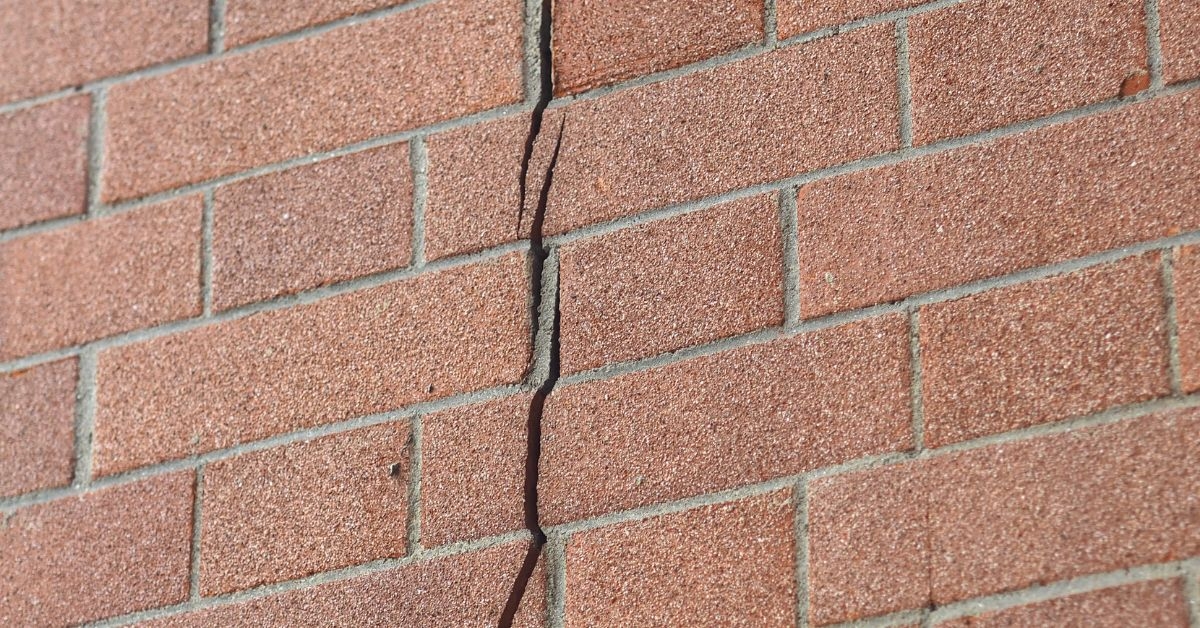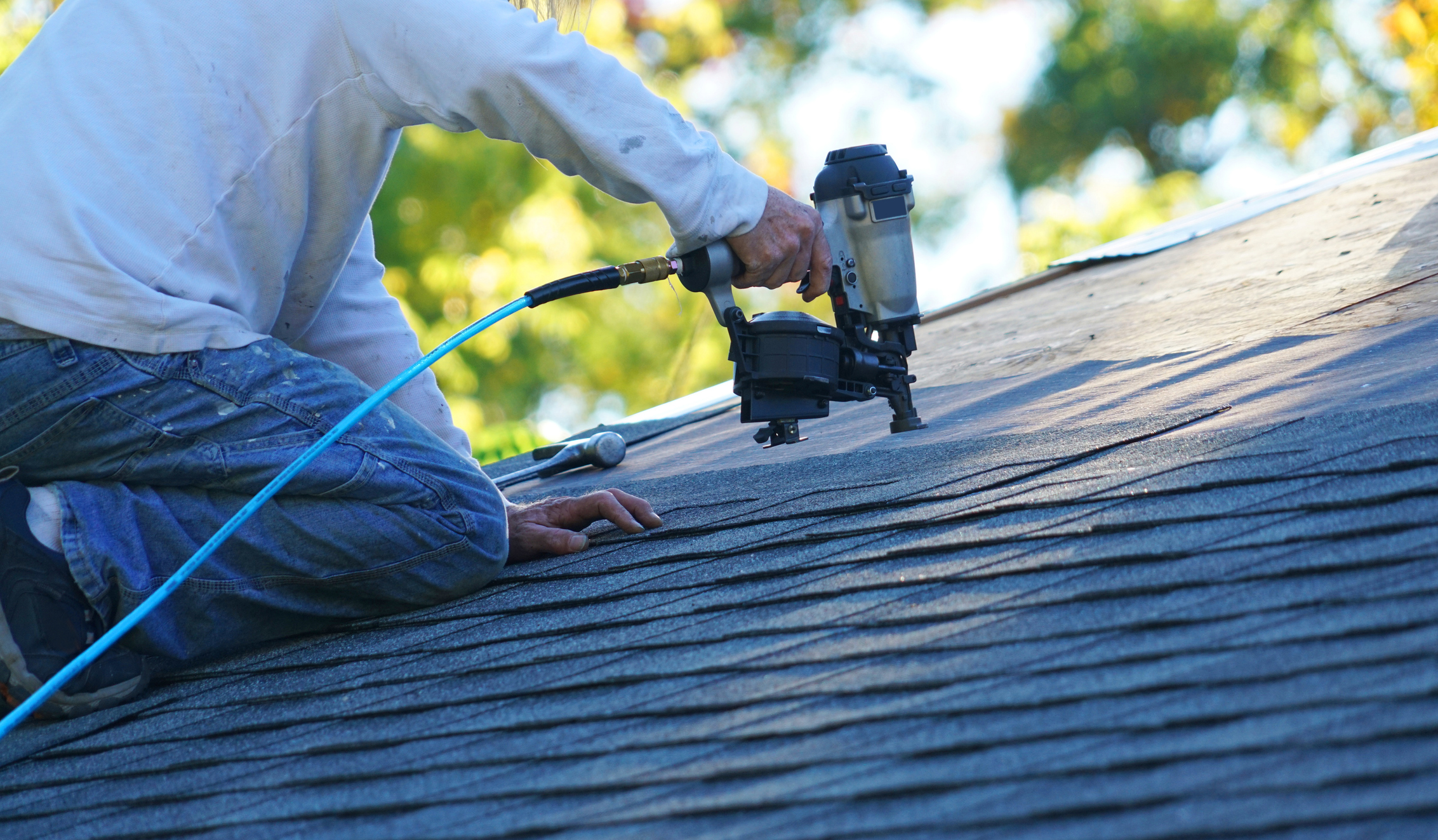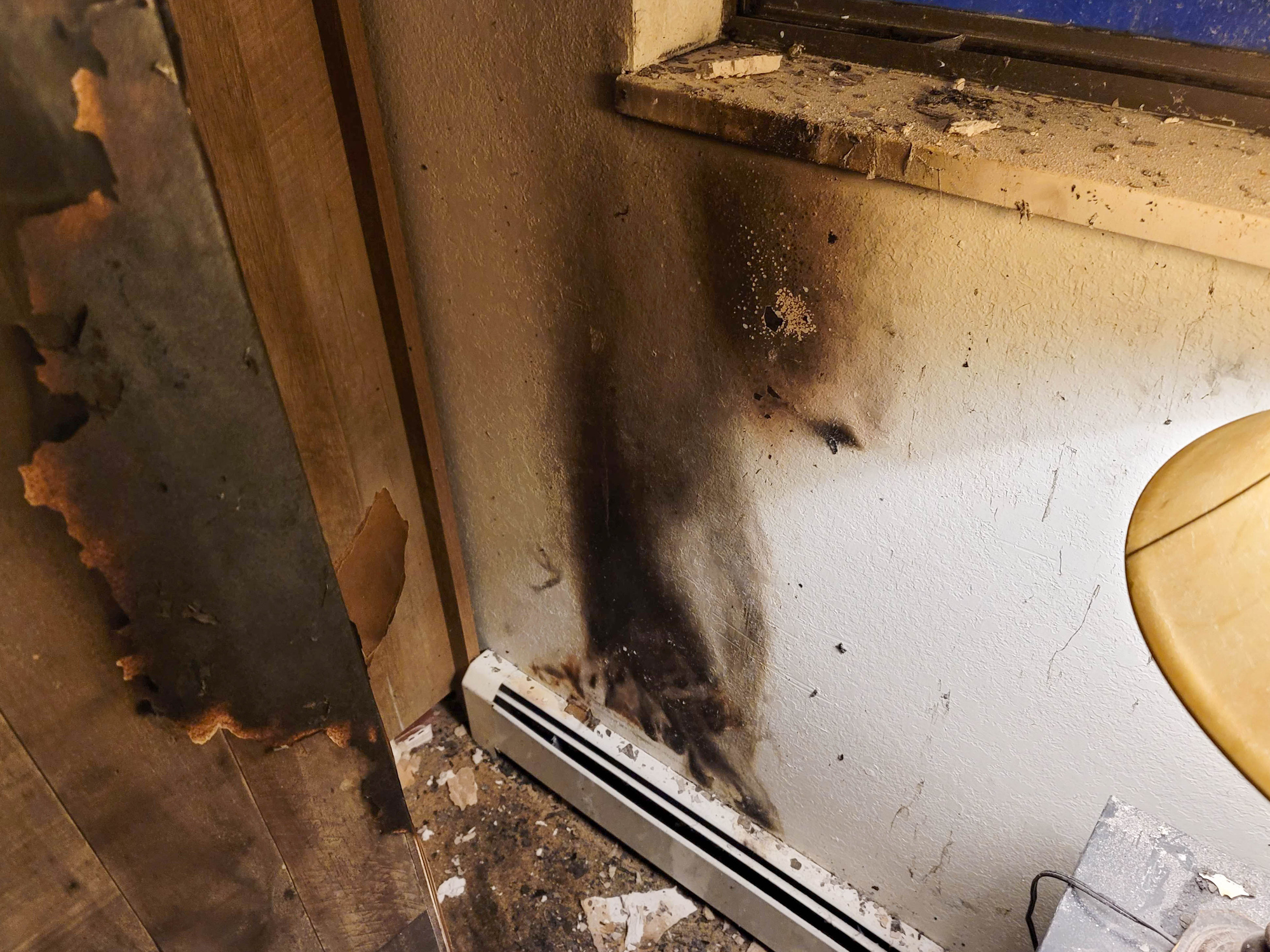Water damage is a common and potentially devastating issue faced by homeowners and property managers. When water infiltrates a structure, it poses a risk to its integrity and can lead to secondary problems such as mold growth and structural damage. Efficient water removal is crucial to prevent further harm and restore the affected space. In this blog post, we’ll delve into the principles of structural drying and explore techniques that professionals use to efficiently remove water and mitigate the impact of water damage.
The Importance of Swift Structural Drying
1: Preventing Mold Growth:
Mold can start to grow within 24 to 48 hours of water intrusion. Swift structural drying is essential to prevent mold spores from finding the moisture they need to thrive. Mold not only poses health risks but also requires additional remediation efforts once it takes hold.
2: Preserving Structural Integrity:
Water compromises the structural integrity of building materials. Wood, drywall, insulation, and other porous materials can weaken and deteriorate when exposed to prolonged moisture. Quick and efficient structural drying helps preserve the strength and stability of the affected structure.
3: Minimizing Secondary Damage:
Water damage can lead to secondary issues such as warped floors, stained ceilings, and damaged belongings. The longer water remains, the greater the likelihood of secondary damage. Efficient drying minimizes these effects, reducing the scope of repairs and associated costs.
4: Restoring Indoor Air Quality:
Stagnant water can create a breeding ground for bacteria and other contaminants. Effective structural drying not only removes water but also helps restore indoor air quality by eliminating the conditions conducive to microbial growth.
Principles of Structural Drying
1: Assessment of Damage:
Before initiating structural drying, professionals conduct a thorough assessment of the damage. This involves identifying the source of water intrusion, determining the affected areas, and assessing the extent of the damage. This information guides the development of a tailored drying plan.
2: Water Extraction:
The first step in structural drying is the removal of standing water. High-capacity pumps, wet vacuums, and other specialized equipment are used to extract water from various surfaces. The faster water is removed, the more effective the drying process will be.
3: Dehumidification:
After water extraction, dehumidification is a key step in structural drying. Dehumidifiers are deployed to remove excess moisture from the air and materials. This helps accelerate the drying process and prevents secondary issues like mold growth.
4: Air Circulation:
Promoting air circulation is crucial for efficient drying. Industrial-strength air movers are strategically placed to enhance the evaporation of moisture from surfaces. Proper air circulation ensures that damp air is continuously replaced with drier air.
5: Temperature Control:
Maintaining an optimal temperature accelerates the drying process. Warmer air can hold more moisture, facilitating its removal from materials. Professionals may use heaters to raise the temperature in the affected area, further expediting drying.
6: Monitoring and Adjusting:
Throughout the drying process, professionals use moisture meters and other monitoring tools to assess the progress. Adjustments to the drying plan are made based on real-time data, ensuring that the conditions remain optimal for efficient water removal.
Techniques for Efficient Structural Drying
1: Infrared Imaging:
Infrared imaging technology is used to identify hidden pockets of moisture within walls and other building materials. This non-invasive technique allows professionals to pinpoint areas that may require focused drying efforts.
2: Injectidry System:
The Injectidry system is a drying method that involves injecting air into wall cavities, ceiling spaces, and other enclosed areas. This technique is particularly effective for drying hard-to-reach spaces, minimizing the need for extensive demolition.
3: Desiccant Dehumidification:
Desiccant dehumidifiers are highly efficient at removing moisture from the air. They use a desiccant material to absorb moisture, making them effective in both low- and high-temperature conditions. Desiccant dehumidification is especially useful in large or challenging drying situations.
4: Drying Chambers:
Creating drying chambers can isolate affected areas, allowing for more controlled and targeted drying. Temporary barriers are set up, and specialized equipment is used to create an enclosed space, optimizing drying conditions.
5: Negative Air Pressure:
Negative air pressure is a technique used to prevent the spread of contaminants during the drying process. By creating a pressure differential, contaminated air is directed outside, maintaining a cleaner environment within the affected space.
6: Hydroxyl Generators:
Hydroxyl generators are advanced air purifiers that help eliminate odors, bacteria, and volatile organic compounds. These generators can be used during the drying process to improve indoor air quality and create a healthier environment.
Special Considerations for Different Materials
1: Wood:
Wood is highly susceptible to water damage, and drying it efficiently is crucial to prevent warping, swelling, and rot. Professionals use specialized drying techniques such as targeted air circulation, dehumidification, and moisture monitoring to preserve the integrity of wood materials.
2: Drywall:
Drywall is a porous material that can absorb water rapidly. In some cases, it may need to be partially or fully replaced. However, efficient drying techniques, including the use of air movers and dehumidifiers, can often salvage drywall if addressed promptly.
3: Carpet and Flooring:
Water-damaged carpets and flooring require specialized attention. Extraction of water is followed by thorough drying using air movers and dehumidifiers. In some cases, professionals may lift and remove sections of flooring to ensure complete drying of the subfloor.
4: Insulation:
Wet insulation loses its effectiveness and can become a breeding ground for mold. Efficient drying techniques, including the use of dehumidifiers and air circulation, are employed to remove moisture from insulation materials.
Post-Drying Assessments and Restoration
1: Moisture Testing:
After the initial drying process, moisture testing is conducted to ensure that the affected materials have reached an acceptable level of dryness. This involves using moisture meters and other testing equipment to measure moisture content.
2: Structural Integrity Assessment:
A comprehensive assessment of structural integrity is conducted to identify any lingering issues or damage that may have occurred. This assessment guides the restoration process and ensures that the structure is sound before reconstruction begins.
3: Restoration and Repairs:
Once structural drying is complete, restoration and repairs can commence. This may involve replacing damaged materials, repairing structural components, and addressing any cosmetic issues caused by the water damage.
4: Preventing Future Water Damage:
As part of the post-drying process, professionals may provide recommendations for preventing future water damage. This can include suggestions for maintenance, upgrades to building systems, and strategies to address potential vulnerabilities.
DIY vs. Professional Structural Drying
While there are some DIY techniques for addressing minor water damage, professional structural drying is highly recommended for significant incidents. Professionals have the expertise, specialized equipment, and resources to ensure thorough and efficient water removal. Additionally, DIY efforts may fall short in addressing hidden moisture pockets or preventing secondary issues such as mold growth.
Structural drying is a critical component of water damage restoration, requiring a strategic and comprehensive approach. Swift action, advanced techniques, and specialized equipment are essential for efficient water removal. By understanding the principles of structural drying and recognizing the importance of rapid response, property owners can minimize the impact of water damage and restore their spaces to a dry, safe, and healthy condition. Professional restoration services play a key role in guiding this process, ensuring that each step is executed with precision and expertise. Remember, when it comes to water damage, time is of the essence, and a proactive approach to structural drying can make a significant difference in the overall outcome.












